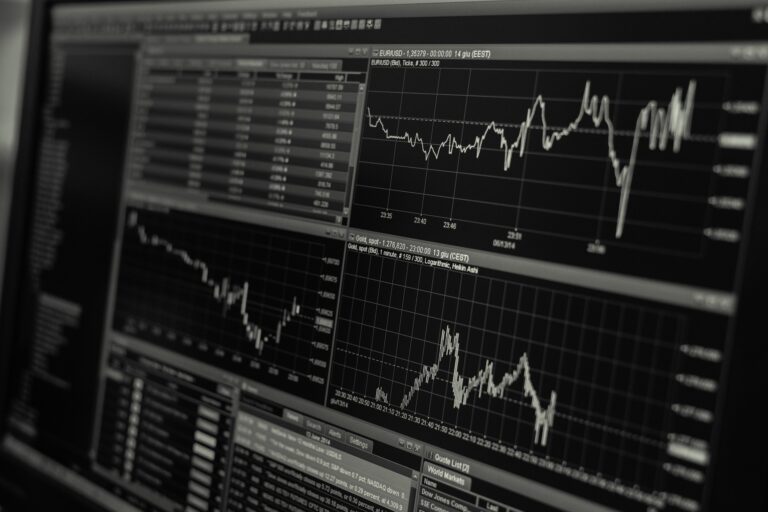Dear Investor,
Something similar to the following has probably happened to you at some point: you want to buy a stock on a certain day and in order to time your entry, you begin to watch how it trades. Alas, the price rises and rises, and your patience begins to wear thin. Shouldn’t a correction set in soon and provide you with a better buying opportunity?
But nothing of the sort happens; instead the price just keeps rising relentlessly. You become increasingly restless. Finally, your patience is running out and you buy the stock at a significantly higher price than was available earlier in the trading session.
And then, shortly after your order has been executed, the price begins to fall… and to your chagrin, it keeps falling.
Statistics Can Help You!
How can one minimize the probability of paying an unfavorable entry price, while at the same time avoiding the time-consuming and nerve-wracking exercise described above?
We will take a look at the possibility of optimizing the timing of entries and exits with the aid of statistics.
The chart below shows the average intraday price pattern of the S&P 500 Index over the past six months. The horizontal scale indicates the time of the day (EST), the vertical scale the average price level.
S&P 500 Index, average intraday pattern, 7/2016 – 1/2017

On average, the best time to purchase stocks was at 2:00 pm EST. Source: Seasonax
As you can see, the best time to buy stocks over the past six months was two hours before the close of trading, at 2:00 pm EST. Those who made purchases at this time of the day did so at somewhat better average prices and were thus able to improve their performance – in the long run, such an edge will add up to quite a respectable amount. Moreover, it saves time and is less stressful, as one can make quick decisions.
How reliable is this approach though?
Intraday Patterns are Often Stable Over Many Years
A number of statistical studies are underpinning the stability of intraday patterns. For instance, the Zerohedge blog published a post entitled “How to Beat Every Hedge Fund in Just 2 Trades and 4 Hours a Day”, in which it presented the result of an intraday study performed by market research company Nanex. The study encompasses a time period of more than ten years and refers to the S&P 500 futures contract, which trades around the clock.
The result is startling: depending on the time of the day, returns can vary a great deal. Anyone who entered into a long position exclusively in the four hours between 12:00 am and 4:00 am was able to beat the market by a significant margin on a risk-adjusted basis.
Even if one is not a day trader, one can still optimize one’s entry and exit timing with the help of statistics and thereby obtain a notable edge – the pennies will quickly add up.

